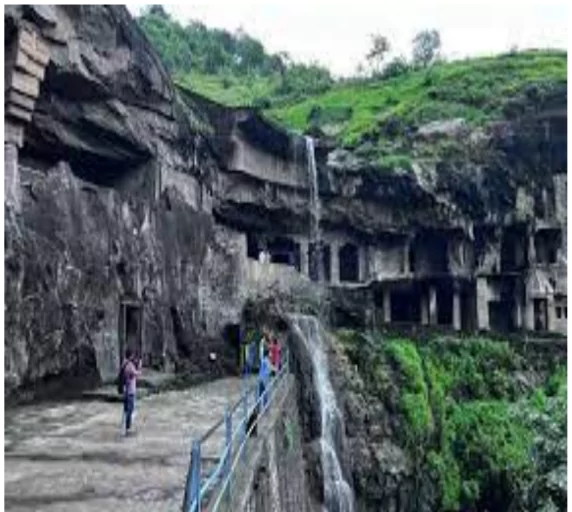![]() June 7, 2024
June 7, 2024
![]() 4069
4069
![]() 0
0
The Ajanta Caves, located in Maharashtra, India, are renowned for their exquisite rock-cut Buddhist cave temples, adorned with intricate paintings and sculptures, showcasing the height of ancient Indian artistry.

Ajanta Caves: Exploring Ancient Chaityas and Magnificent Paintings
|
|
Must Read |
|
| Current Affairs | Editorial Analysis |
| Upsc Notes | Upsc Blogs |
| NCERT Notes | Free Main Answer Writing |
<div class="new-fform">
</div>
Latest Comments